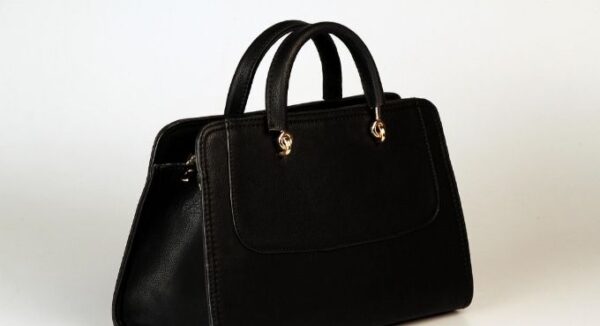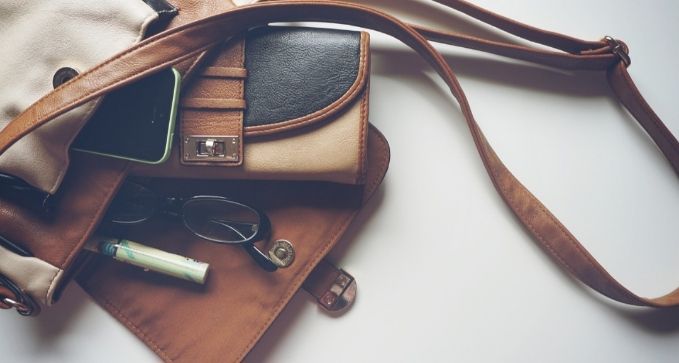There is no country like India when it comes traditions with deep roots. People joke that if we give a holiday for all regional festivals, there will be zero working days throughout the year. Therefore, it is safe to call India a land where cultural celebrations are taken very seriously. When it comes to “Indian Customs and Traditions: Handicrafts in Weddings and Festivals” artists showcase their wonderful work during all these celebrations and these handicrafts are proof of the creativity that lies in India. If you want to buy a lamp in India, you will find one that has been carved intricately. If you want a handwoven fabric, India can offer you thousands of those with different kinds of embroideries. Therefore, handicrafts have a great influence on Indian celebrations.
Handicrafts in Weddings

When it comes to weddings, Indian families have a tradition of visiting everyone’s homes to give the wedding card. These wedding cards themselves are created with handmade paper with either the writing done in calligraphy or through block printing. When it comes to “Indian Customs and Traditions: Handicrafts in Weddings and Festivals”, they also have the traditional motifs of flowers, paisleys and elephants which are all auspicious in nature. Handcrafted diyas and floral garments come under wedding décor because they play a major role in brightening up the venue. Colorful bandhani fabrics add a ton of sparkle to the wedding. Other than that, the mirror work on the pouches of the women makes everything shine a bit brighter. Handwoven fabrics are worn like Muga silk and these saris and lehengas are adorned with the prettiest embroidery. You can spot Bengali women in red and white saris. You can see South Indian brides wearing Kanchipuram fabrics. Some people even give return gifts during weddings and they are often handmade.
Examples
Earthern diyas that are handmade are used in all the houses on the day of Chhoti Diwali and they help in making the day look brighter. These diyas are often painted by hand with floral or paisley motifs. The best part about them is that they come in a variety of shapes like peacock shape or in a lotus shape. They have such excellent techniques that they can showcase the divine smile of the goddess with the magic of their brush. During the festival of Holi, artisans paint pots with their hands, carve out wooden toys and also create pichkaris for small children. White clothes are often created which are later splashed with color as the game of Holi begins. During the festival of Durga Puja, tant saris are often created by hand and women wear these saris with red borders, that showcases the festivity of the season.
Auspiciousness

All the handicrafts are created with natural tools which have a variety of meaning. For example, clay symbolizes fertility and creation and it is the base materials for idols and diyas. When it comes to “Indian Customs and Traditions: Handicrafts in Weddings and Festivals”, metal crafts like bronze showcase the endurance of the craftspeople. Embroidery like kantha work and chikankari represent elegance, patience and creativity. Wood showcases flexibility, strength and how life keeps going on. Kolam designs were created from Tamil Nadu and have become well known in northern India due to their beauty. Ikat fabrics were first created in Assam and they are handmade from scratch. Phulkari embroidery is a popularity in Punjab and it is a combination of the brightest of colors. Everyone is becoming environmentally conscious. They create rangoli with beetroot powder and turmeric powder. This is a very good step towards improving the environment.
Author
Shreeja Mukherjee


